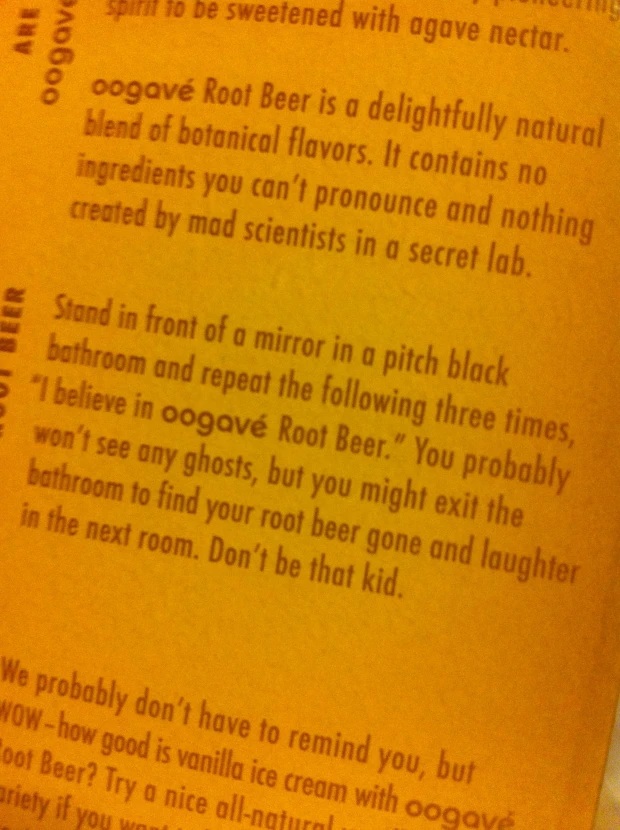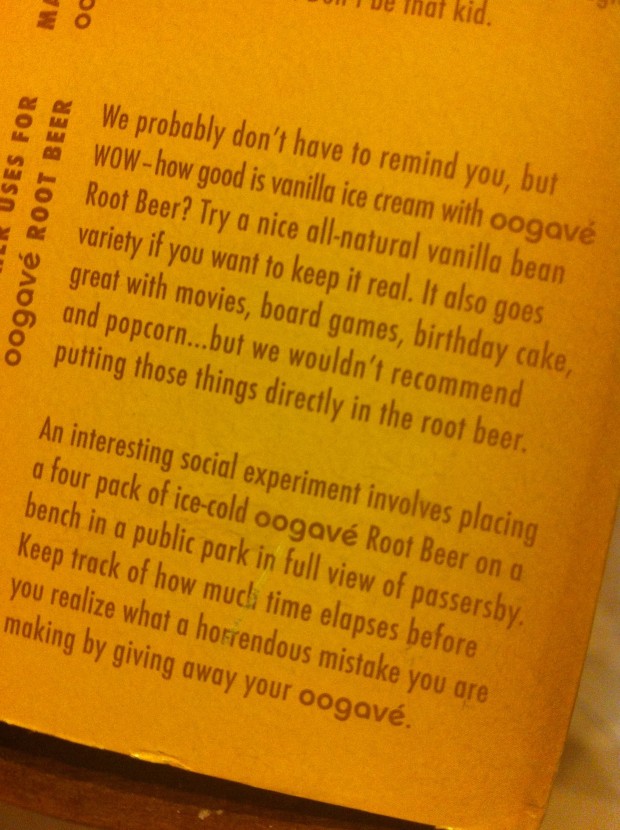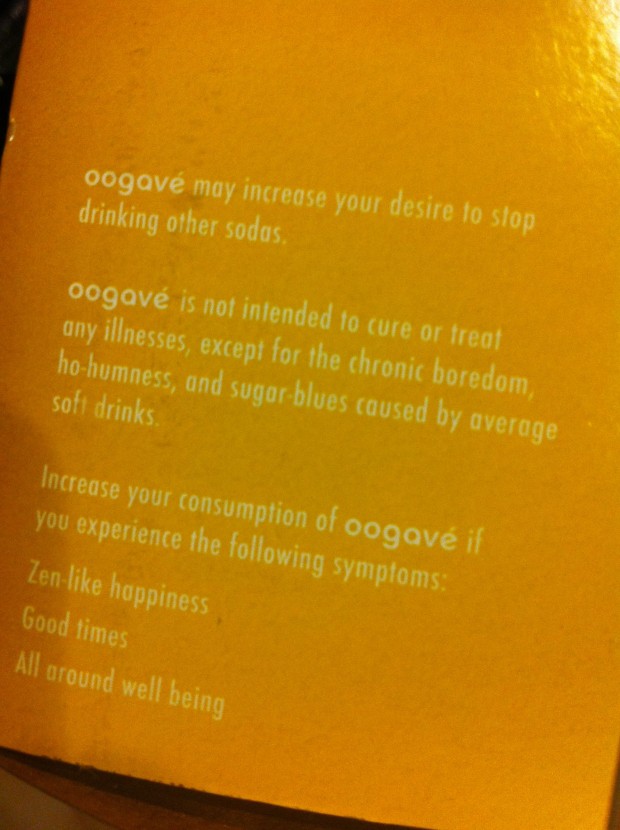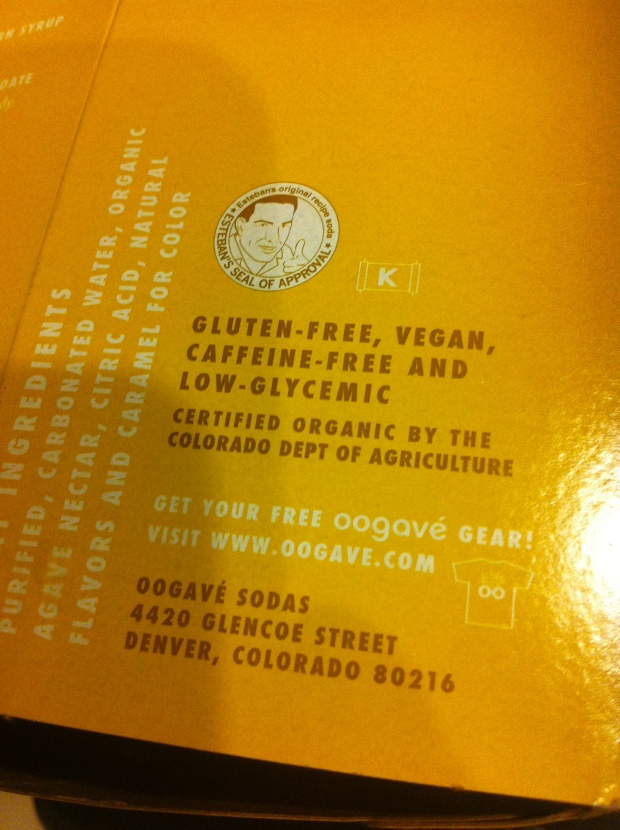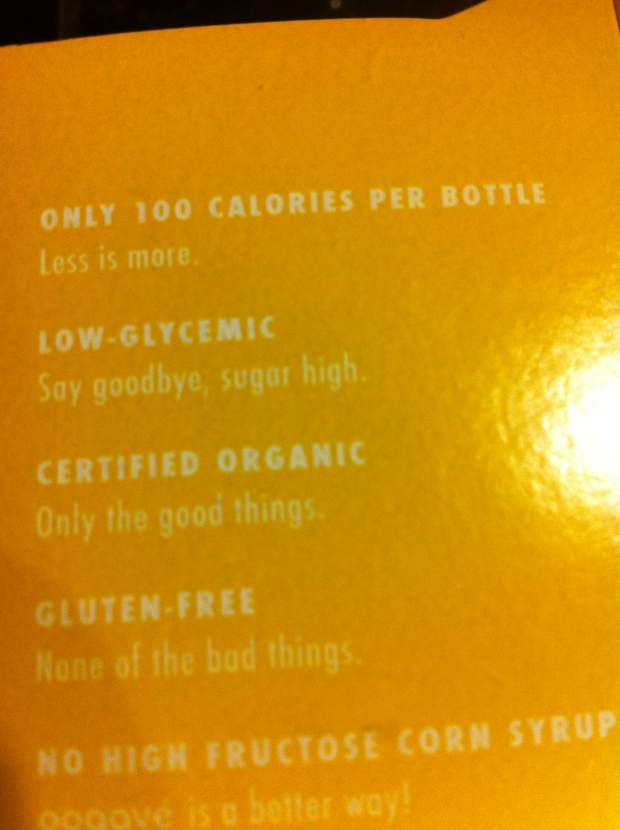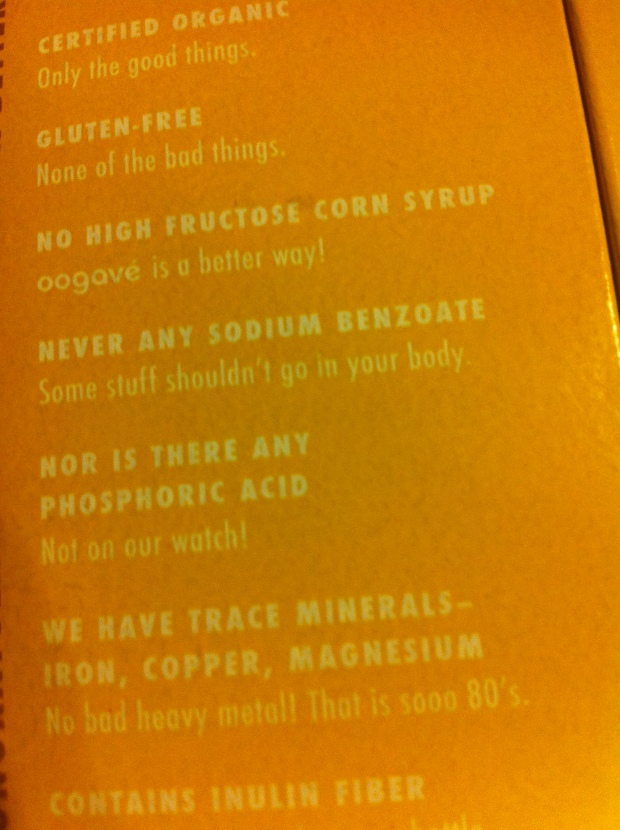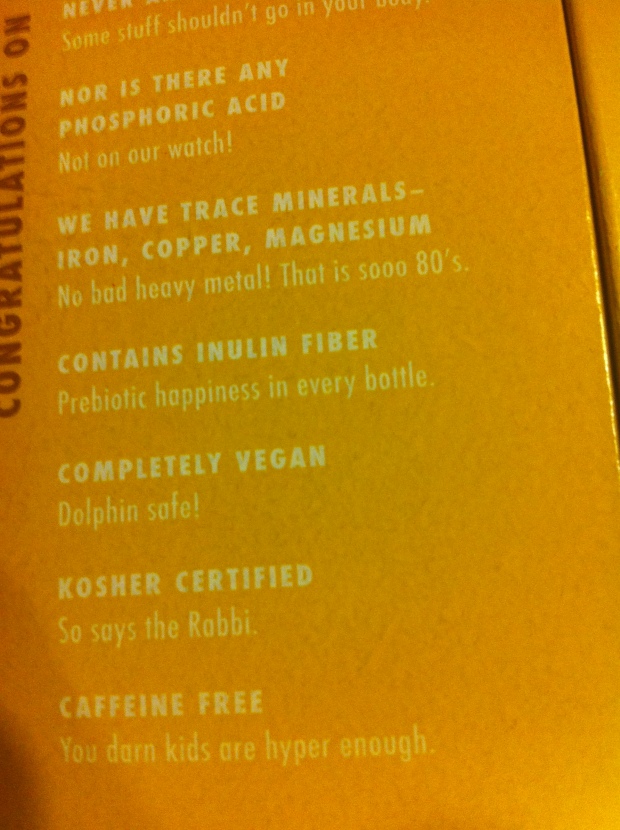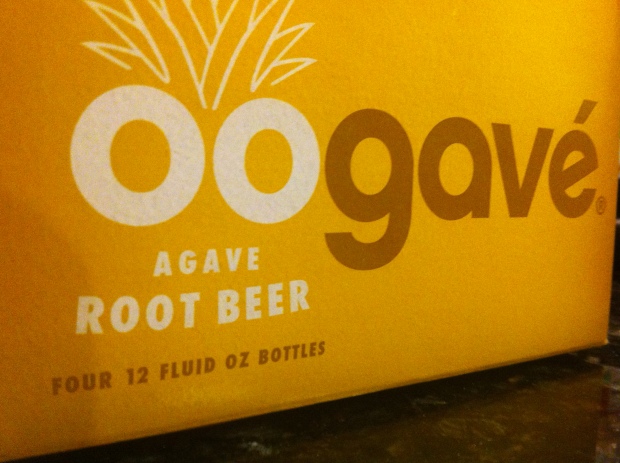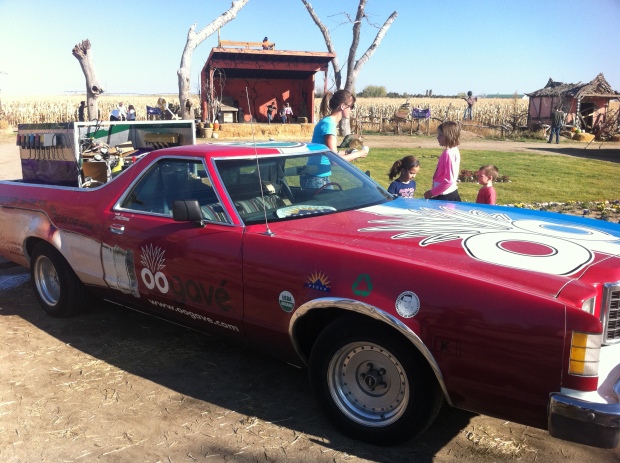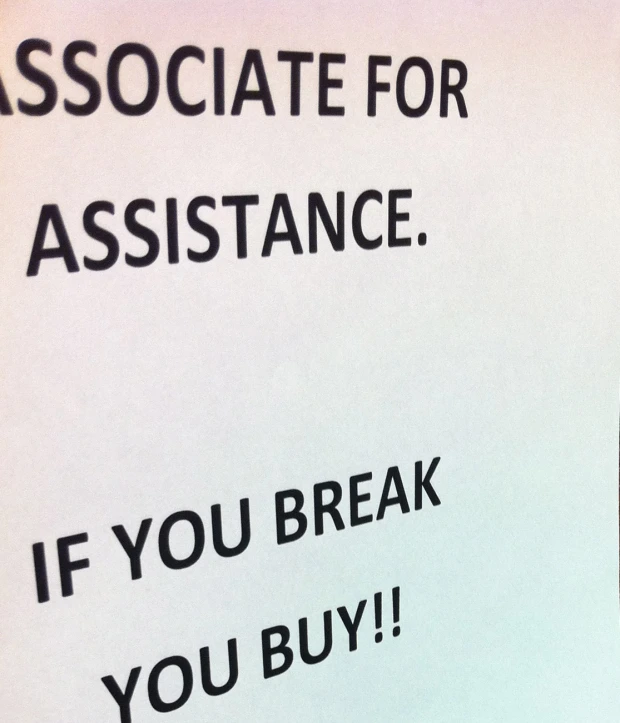I was just reading a Herald Tribune article about sales. Turns out that a study found that the majority of respondents, when asked what bothers you most about a salesperson responded simply… “They talk too much.”
So, in an effort to get across all the details of the product, something is lost. The potential client is turned off. If you’re the salesperson, instead of them buying something from you, you have to sell them even harder. With a further dis-interested lead, you have to talk that much more.
Over-talking during the sales process… Yes, it’s a vicious downward cycle. It provides leads information they do not need, sprinkled with some they do.
But, online and print marketing is no different.
When crafting a marketing message, less is more, but you have to give them the info they need.
Before anyone freaks, let’s be clear. If you are needing to compile complete information for a landing page (something that has to convert in one page for instance), you may very well need to create long copy to turn leads into sales.
Complex products and services, expensive items, or long sales cycles may require more information. Items that are new and being launched, or are time-sensitive may also require more information to conquer objections or anxieties.
There’s a reason most internet offers use long-form content. They’re overcoming quite a bit of skepticism through building layers of legitimacy. Most likely sharing with potential buyers all the drama surrounding their current situation, sympathizing, showing third parties and how they’ve overcome the same thing, and then offering a solution – all in one long page.
This information may be specs, cost breakdowns, timelines, product histories, customer testimonials, benefits breakdowns, or categorical explanations. Long form content may be required, and in some cases is hugely beneficial.
In fact, if you do write long form content for certain products you will sell more:
Long Copy vs. Short Copy Tested
http://www.marketingexperiments.com/blog/research-topics/copywriting-research-topics/long-copy-vs-short-copy.html
On the other hand, simple content is refined. Simplicity should always be the goal. Use the shortest copy you can to effectively sell – every time.
Even when the word count rises, if the look and feel is airy, simple, and easy to digest, and if the more complex information they are searching for is available somewhere close by – you win.
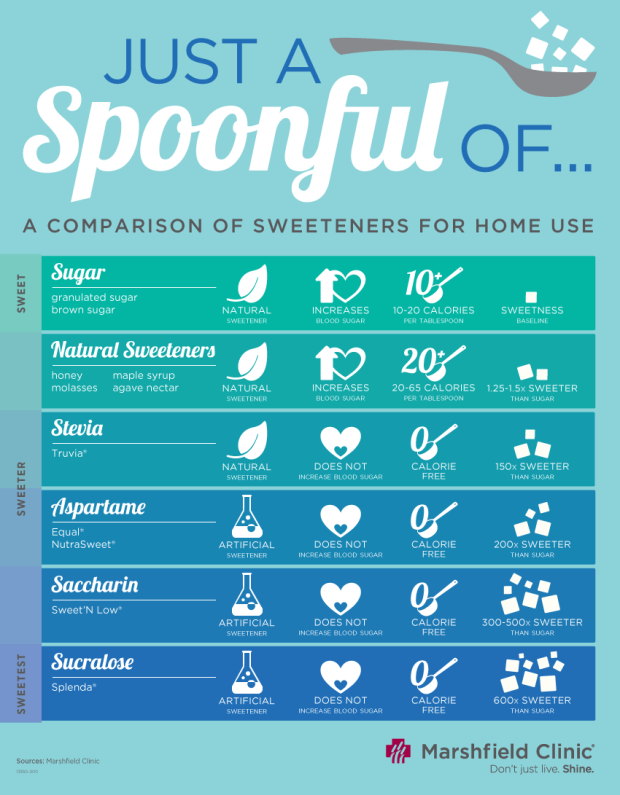
This company is using this content marketing piece to great effect by keeping choices clear and concise, leaving the judgment to the consumer.
I often refer to a details page, cost breakdown, benefits checklist, or features area in my sales copy that is removed from the simple main sales pages. These are what I would lovingly refer to as a place where complicated stuff goes (not disclaimers necessarily, but product details, etc.). In the areas, I suggest breaking up the copy using bulleted lists or numbered lists. Also, use graphics to provide a quicker understanding of the concepts.
In essence, I provide these more informational pages so web visitors or people interested in the fine print feel like they’ve stumbled on a pot of gold. All the info they need, the comfort of number crunching, the comparison charts, the client testimonials and success stories all there for them to knock out their remaining objectives and click the buy button.
These often look like details pages, graphs of benefits, timelines, terms and conditions (for complex sales), or other specific areas that answer What, Where, and How type questions for the buyer.
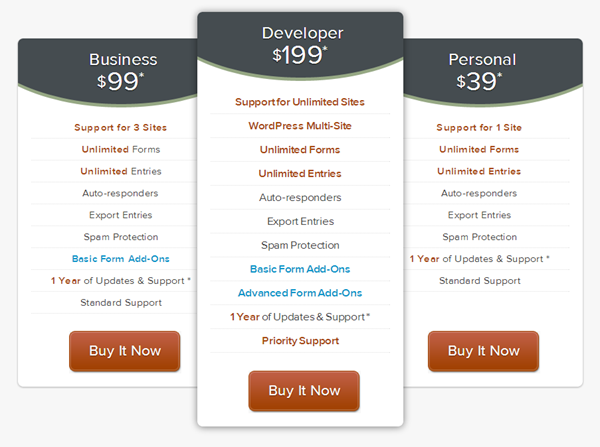
An example of a potentially difficult decision simplified.
The answer to these questions allow the buyer to understand what the product or service is before they leave the site to frantically search for another service, or decide they need to call, which brings up a number of new lost lead possibilities, the main one being they continue searching until a competitor answers their objective on their website, or in their print materials.
Remember:
Keeping simple is the key, but allowing visitors or readers to delve deeper to get to the answer to their questions is the secret to conversion. Every customer will have an agenda when they look over your sales copy. This is what marketers call their ‘problem’. It may be a big problem (like if they should click ‘buy’) or it could be small (like do you sell in a particular state or what your hours are today).
If you set out to answer the vast majority of ‘problems’ surrounding your product or service somewhere on your website (without becoming confusing) you will retain a higher percentage of real visitors with purchasing power.

